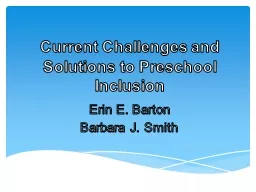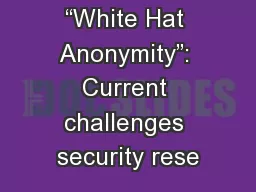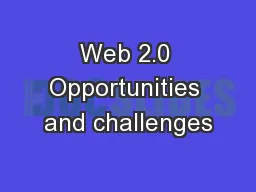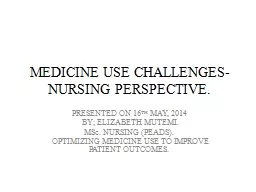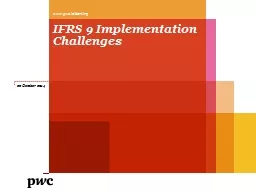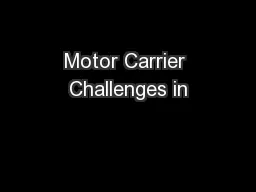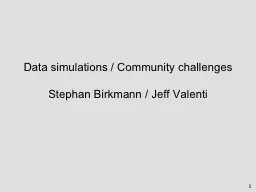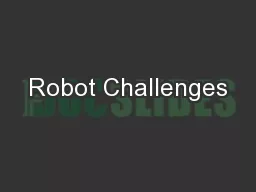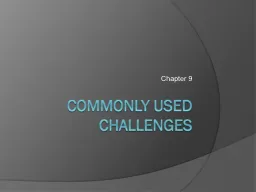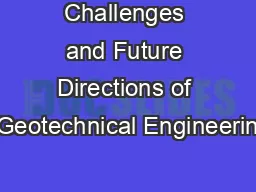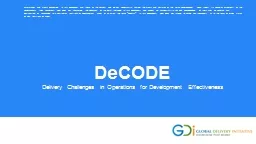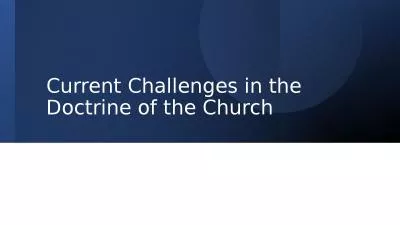PPT-Current Challenges
Author : karlyn-bohler | Published Date : 2019-11-21
Current Challenges and Solutions to Preschool Inclusion Erin E Barton Barbara J Smith Goal of session to generate ideas and plans for creating high quality inclusion
Presentation Embed Code
Download Presentation
Download Presentation The PPT/PDF document "Current Challenges" is the property of its rightful owner. Permission is granted to download and print the materials on this website for personal, non-commercial use only, and to display it on your personal computer provided you do not modify the materials and that you retain all copyright notices contained in the materials. By downloading content from our website, you accept the terms of this agreement.
Current Challenges: Transcript
Download Rules Of Document
"Current Challenges"The content belongs to its owner. You may download and print it for personal use, without modification, and keep all copyright notices. By downloading, you agree to these terms.
Related Documents

